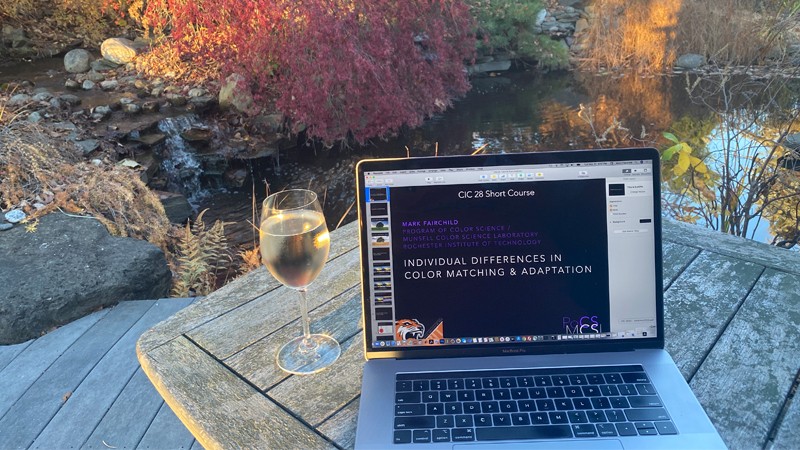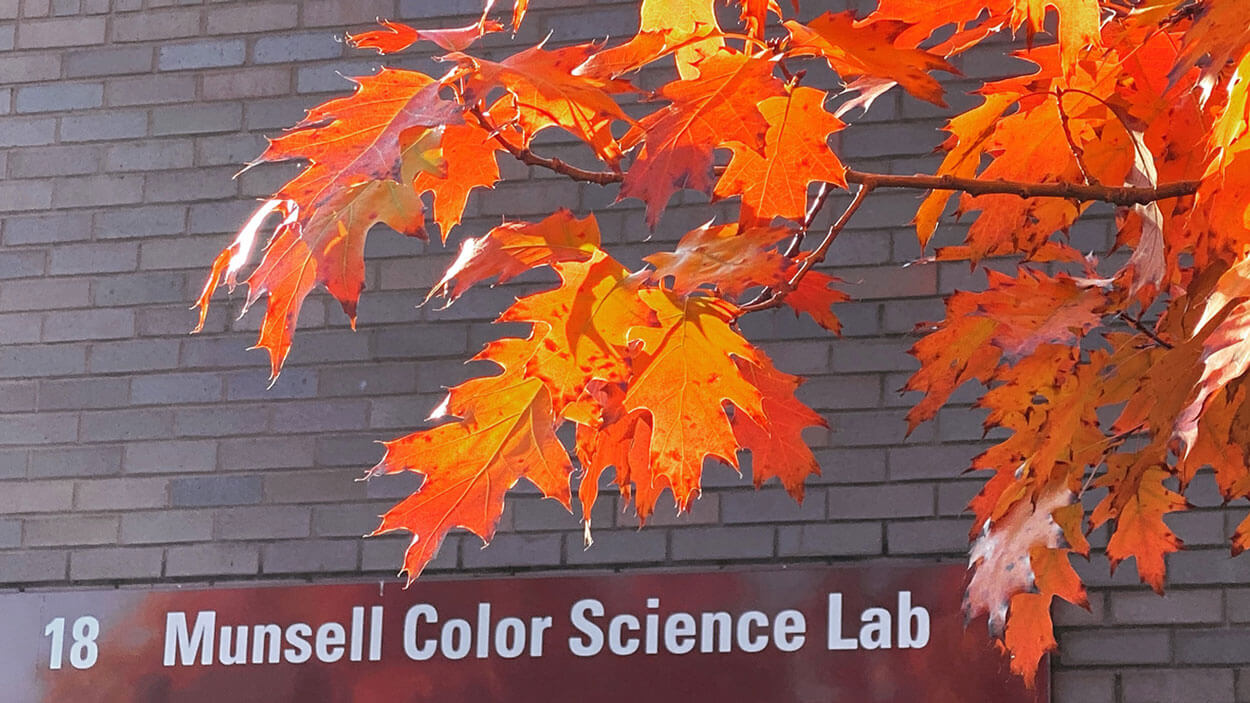Color Science Master of Science Degree
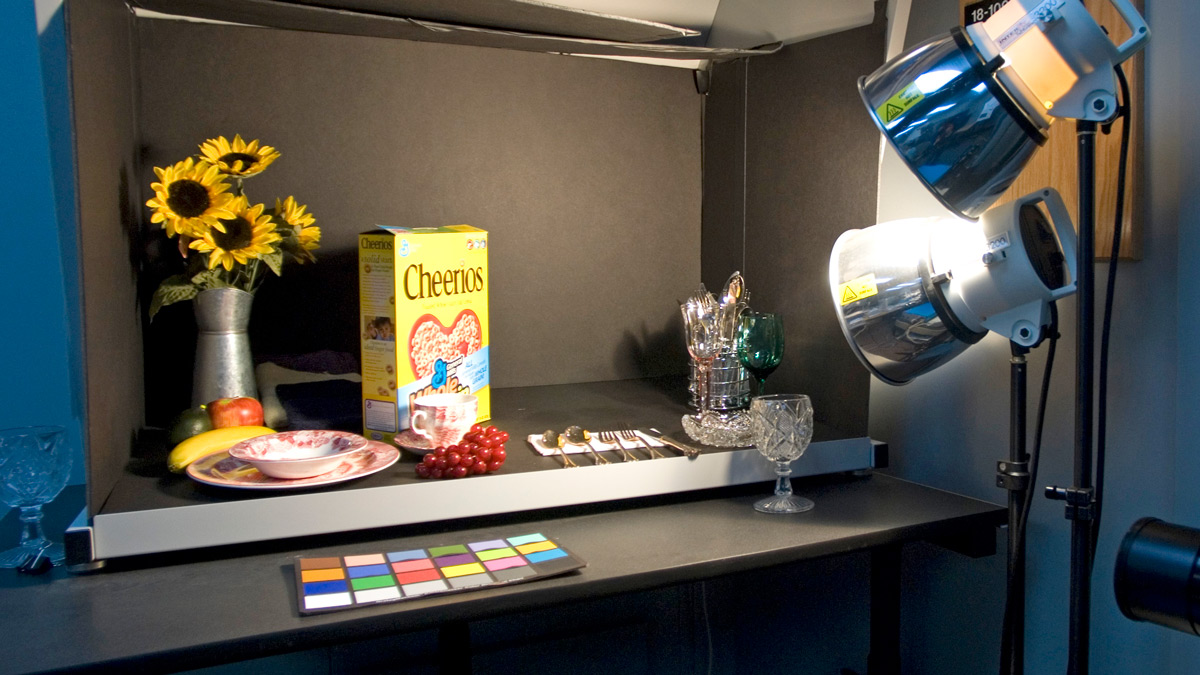
Color Science
Master of Science Degree
- RIT /
- Rochester Institute of Technology /
- Academics /
- Color Science MS
Overview for Color Science MS
Why Study Color Science at RIT?
STEM-OPT Visa Eligible: The STEM Optional Practical Training (OPT) program allows full-time, on-campus international students on an F-1 student visa to stay and work in the U.S. for up to three years after graduation.
Unique Program: Explore the rich and dynamic field of color science at the only university in the nation offering this specialized program, encompassing both theoretical foundations and hands-on applications.
Interdisciplinary Approach: Tailored for students from diverse backgrounds including physics, biology, engineering, and more, the program offers a comprehensive understanding of color science, allowing for specialization aligned with individual interests and expertise.
Cutting-Edge Research Opportunities: Engage in innovative projects such as exploring color perception in augmented reality, applications of color in agriculture, and advancements in color imaging technologies, conducted within the world-renowned Munsell Color Science Laboratory.
In-Demand Career Pathways: Graduates of the program are in high demand across various industries including electronic imaging, color instrumentation, research, and development. Alumni have secured positions at prestigious companies such as Apple, Google, Microsoft, and Samsung, showcasing the program’s relevance and impact in today’s technological landscape.
At the only university in the nation offering this program of study, you will be exposed to the rich, dynamic field of color science through theory and practical application.
The study of color is a fundamental field of science that is dedicated to understanding the creation of colored stimuli, sources of illumination, and ultimately the human perception of color.
RIT’s color science degree provides a graduate-level study in both scientific theory and practical application. The program provides you with a broad exposure to the field of color science and affords you the unique opportunity of specializing in an area appropriate for your background and interests. This objective is accomplished through the program’s core courses, selection of electives, and completion of a thesis or graduate project.
RIT’s Color Science Degree
The color science degree is designed for students from a wide range of undergraduate degrees. If you completed a program in physics, biology, chemistry, mathematics, computer science, engineering, neuroscience, experimental psychology, imaging, or any applied discipline pertaining to the quantitative description of color, this program could be a good fit for you.
Color science is used everyday: In the design and control of most man-made colored materials including textiles, coatings, and polymers; to specify such diverse materials as soil and wine; and, in digital photography, desktop and projection display, and printing.
Where other programs may address specific fields of color science, such as optics or materials, lighting or perception; in RIT's color science degree, you’ll learn the full range of color science, including the fundamental concepts of color science and its applications, as well as conducting and presenting research in the field.
RIT color science students work on projects including:
- Color Perception in Assisted Reality/Virtual Reality
- Color in Agriculture
- Color Imaging (Cameras and Displays, e.g. smartphones)
- Individual Differences in Human Color Perception
- Limits of Human Color Vision
The Study of Color
The color science degree is a combination of required courses in color science, elective courses appropriate for the student's background, and either a research thesis or graduate project.
For full-time students, the program requires three to four semesters of study. Part-time students generally require two to four years of study.
The color science program is designed for students with an undergraduate degree in a scientific or another technical discipline. Those with adequate undergraduate work in related sciences start the program as matriculated graduate students.
Students without adequate undergraduate work in related sciences must take foundation courses prior to matriculation into the graduate program. A written agreement between the candidate and the program coordinator will identify the required foundation courses.
Color Science Careers
Alumni of our programs are in high demand and uniquely qualified to address the full breadth of color science in multidisciplinary teams. Color science degree graduates have accepted positions in electronic imaging, color instrumentation, colorant formulation, and basic and applied research. A sample of companies that have hired our graduates include Apple, Dolby Laboratories, Google, Benjamin Moore, Canon Corp., Hallmark, Hewlett Packard Corp., Microsoft Corp., Pantone, Qualcomm Inc., Ricoh Innovations Inc., LG Electronics, and Samsung.
-
Affordable Now. Valuable for Life.
Earn your master’s degree without the full price tag. With Master Up you can receive a 30% tuition scholarship for an RIT master’s degree.
-
Apply early for priority consideration for admission and financial aid.
Applications are accepted after the deadline, but are only considered on a space-available basis.
-
Meet us on-campus on February 19
Learn about the programs that interest you. Hear from program faculty, speak with current graduate students, and ask the questions that will help you get one step closer to your career goals.
Careers and Cooperative Education
Typical Job Titles
| Imaging Engineer | Color/Imaging Scientist |
Cooperative Education
What makes an RIT science and math education exceptional? It’s the ability to complete science and math co-ops and gain real-world experience that sets you apart. Co-ops in the College of Science include cooperative education and internship experiences in industry and health care settings, as well as research in an academic, industry, or national lab. These are not only possible at RIT, but are passionately encouraged.
At the graduate level, and paired with an advanced degree, cooperative education and internships give you the unparalleled credentials that truly set you apart. Learn more about graduate co-op and how it provides you with the career experience employers look for in their next top hires.
Featured Work and Profiles
-
A Colorful Journey: From Air Force to an MS in Color Science
Justin Laird BS ’03, MS ’05, an Air Force Veteran, discovered the unique field of color science and is now a Senior Quality Engineer for Color at Apple.
Read More about A Colorful Journey: From Air Force to an MS in Color Science -
Will Wine Taste Different If You Drink It Outside?
Mark Fairchild, director of the RIT Color Science/Munsell Color Science Laboratory discusses his research, The Colors of Wine. It’s more complex than you think.
Read More about Will Wine Taste Different If You Drink It Outside?
Curriculum for 2025-2026 for Color Science MS
Current Students: See Curriculum Requirements
Students are also interested in
Admissions and Financial Aid
This program is available on-campus only.
| Offered | Admit Term(s) | Application Deadline | STEM Designated |
|---|---|---|---|
| Full‑time | Fall | January 15 priority deadline, rolling thereafter | Yes |
| Part‑time | Fall | Rolling | No |
Full-time study is 9+ semester credit hours. Part-time study is 1‑8 semester credit hours. International students requiring a visa to study at the RIT Rochester campus must study full‑time.
Application Details
To be considered for admission to the Color Science MS program, candidates must fulfill the following requirements:
- Complete an online graduate application.
- Submit copies of official transcript(s) (in English) of all previously completed undergraduate and graduate course work, including any transfer credit earned.
- Hold a baccalaureate degree (or US equivalent) from an accredited university or college in science, engineering, or computer science. A minimum cumulative GPA of 3.0 (or equivalent) is recommended.
- Satisfy prerequisite requirements and/or complete foundation courses prior to starting program coursework.
- Submit a current resume or curriculum vitae.
- Submit a personal statement of educational objectives.
- Submit two letters of recommendation.
- Entrance exam requirements: None
- Submit English language test scores (TOEFL, IELTS, PTE Academic, etc.), if required. Details are below.
English Language Test Scores
International applicants whose native language is not English must submit one of the following official English language test scores. Some international applicants may be considered for an English test requirement waiver.
Duolingo (DET): 140
IELTS: 7.5
LanguageCert Academic: 84
PTE Academic: 76
TOEFL: 100
International students below the minimum requirement may be considered for conditional admission. Deaf and hard-of-hearing test takers with significant hearing loss do not need to take the listening and speaking sections for the TOEFL and IELTS. Each program requires balanced sub-scores when determining an applicant’s need for additional English language courses.
How to Apply Start or Manage Your Application
Cost and Financial Aid
An RIT graduate degree is an investment with lifelong returns. Graduate tuition varies by degree, the number of credits taken per semester, and delivery method. View the general cost of attendance or estimate the cost of your graduate degree.
A combination of sources can help fund your graduate degree. Learn how to fund your degree
Additional Information
Foundation Courses
Candidates without adequate undergraduate work in related sciences must take foundation courses prior to matriculation into the graduate program. A written agreement between the candidate and the program director will identify the required foundation courses. Foundation courses must be completed with an overall B average before a student can matriculate into the graduate program.
The foundation courses, representative of those often required, are as follows: one year of calculus, one year of college physics (with laboratory), one course in computer programming, one course in matrix algebra, one course in statistics, and one course in introductory psychology. Other science courses (with laboratory) might be substituted for physics.
Accreditation
Research
Research conducted in the color science master's degree program revolves around the activities of the Munsell Color Science Laboratory, which is the pre-eminent academic laboratory in the country devoted to color science. Research is currently exploring:
- color appearance modeling
- lighting
- image quality
- spectral-based image capture
- archiving
- reproduction of artwork
- color management
- computer graphics
- AR/VR
- material appearance
The Munsell Laboratory has many industrial relationships that can provide you with summer and full-time job opportunities across the United States and abroad.
Related News
-
April 30, 2025

Color science program’s reputation helps grad land job with Apple
Andrea Avendano Martinez feels well prepared to enter the workforce thanks to the connections she’s made with many RIT alumni who are working in the color science industry and credits the reputation of the program in helping her land a job with Apple.
-
October 9, 2024
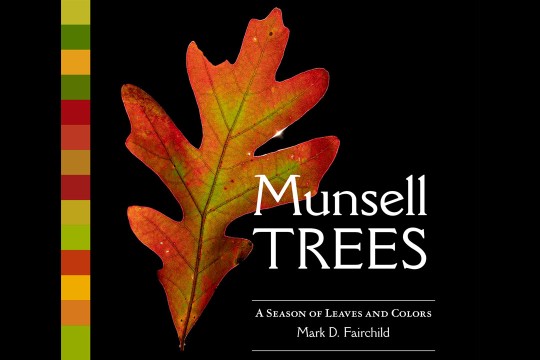
The color science of leaves in a western New York park is focus of RIT Press book
Black oak, crabapple, crimson maple—a color scientist finds inspiration in the woods in the new book Munsell Trees: A Season of Leaves and Colors, published by RIT Press.
-
May 7, 2024
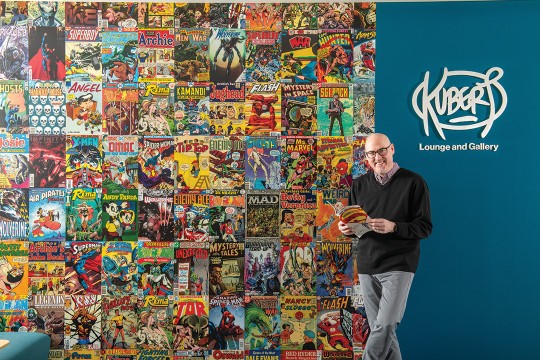
Comics go to College
The comics collection at RIT is growing by leaps and bounds and the new Kubert Lounge and Gallery makes it a visible presence on campus. The interdisciplinary art form is right at home at RIT.
Contact
- Lindsay Lewis
- Senior Assistant Director
- Office of Graduate Admissions
- Enrollment Management
- 585‑475‑5532
- lslges@rit.edu
- Susan Farnand
- Associate Professor, Color Science
- Integrated Sciences Academy
- College of Science
- 585‑475‑4567
- susan.farnand@rit.edu
Integrated Sciences Academy














